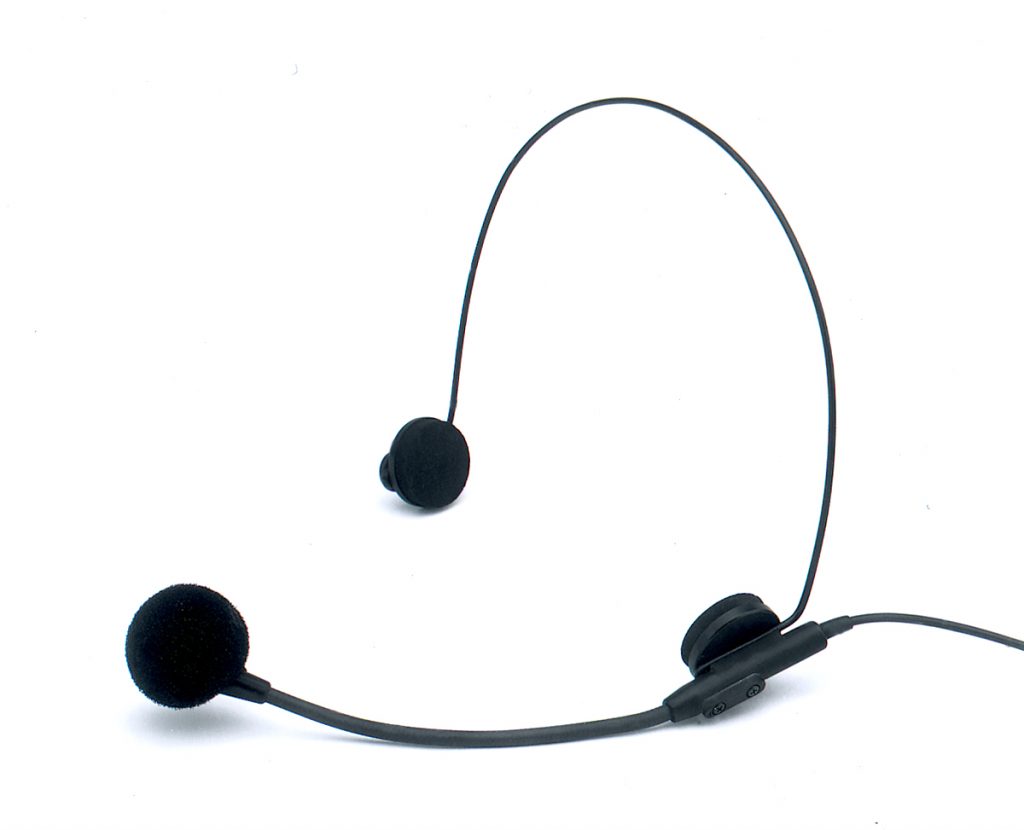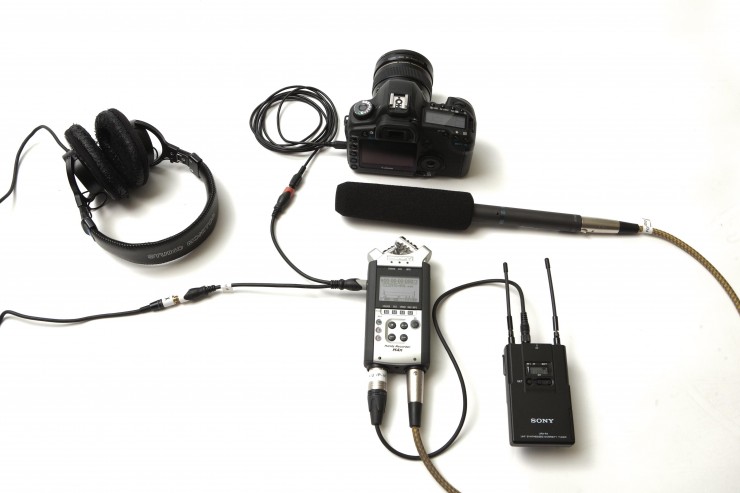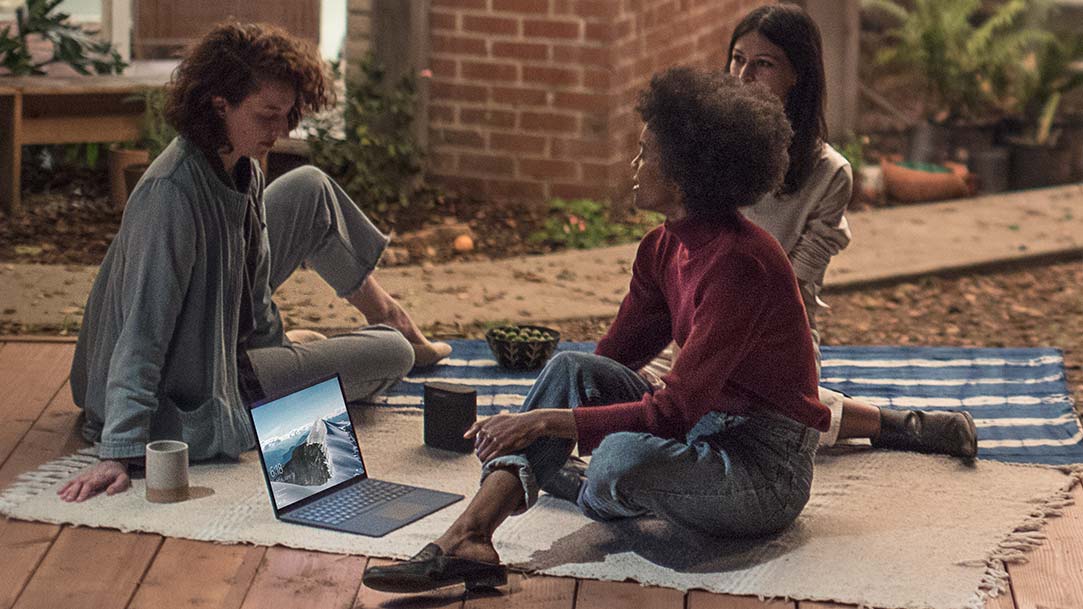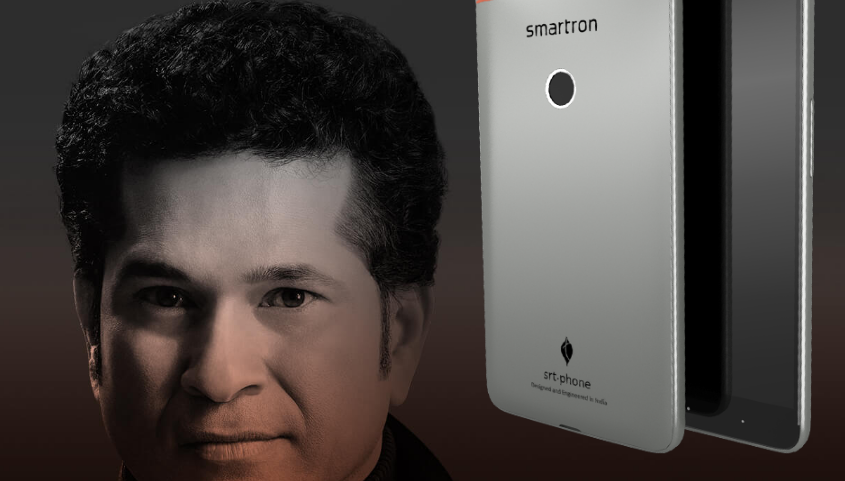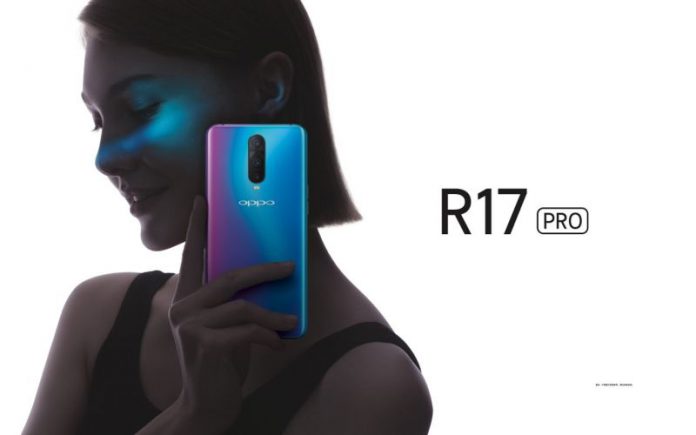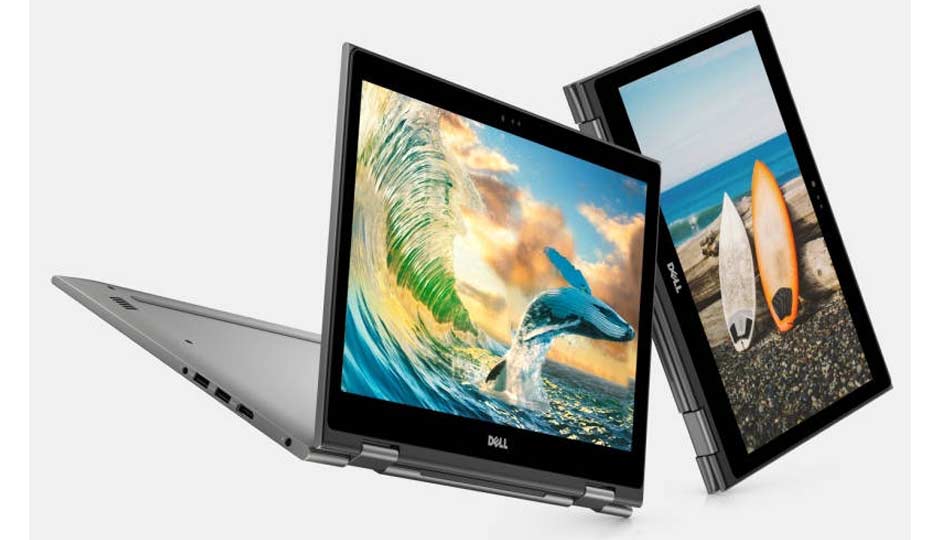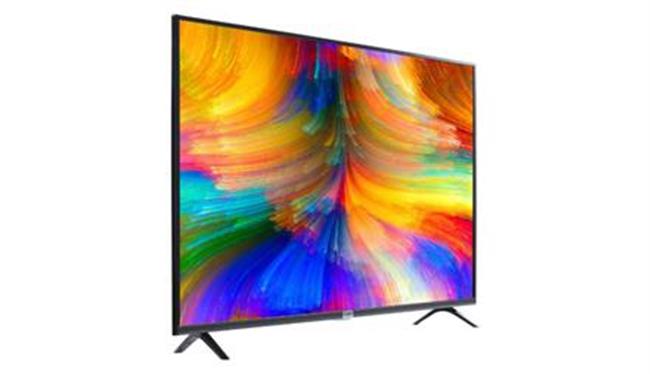Microphone for your DSLR camera
Microphones generally aren’t too expensive. Depending on the need of a DSLR camera microphone, one can purchase a pretty decent one at prices ranging from $ 50-300. So the question that arises is the amount of money you are willing to spend on one of the most important accessories for a camera.
Although it depends on which camera you have, most of the DSLR video cameras come with a satisfactory sound quality. However, if you intend on taking your audio game to the next level then there are numerous options when it comes to the types and brands of microphones available in the market these days. The most sought after microphone among the DSLR world are the shotgun mics which are placed upon the camera itself, the type of microphone quality you want depends on your exact needs and how you’ll be filming what’s in front of you. Other factors include planned use and budget. The pre-amps built-in to DSLRs aren’t professional at all (since they were originally created strictly for photography and they ended up fitting video in later) and sometimes there are pre-determined settings for audio tweaks and gain that don’t allow for a custom sound.
Types of microphones:
Shotgun: By far these microphones are a favorite among the crowd and effective in use. You can use them on top of your camera or with a boom pole.
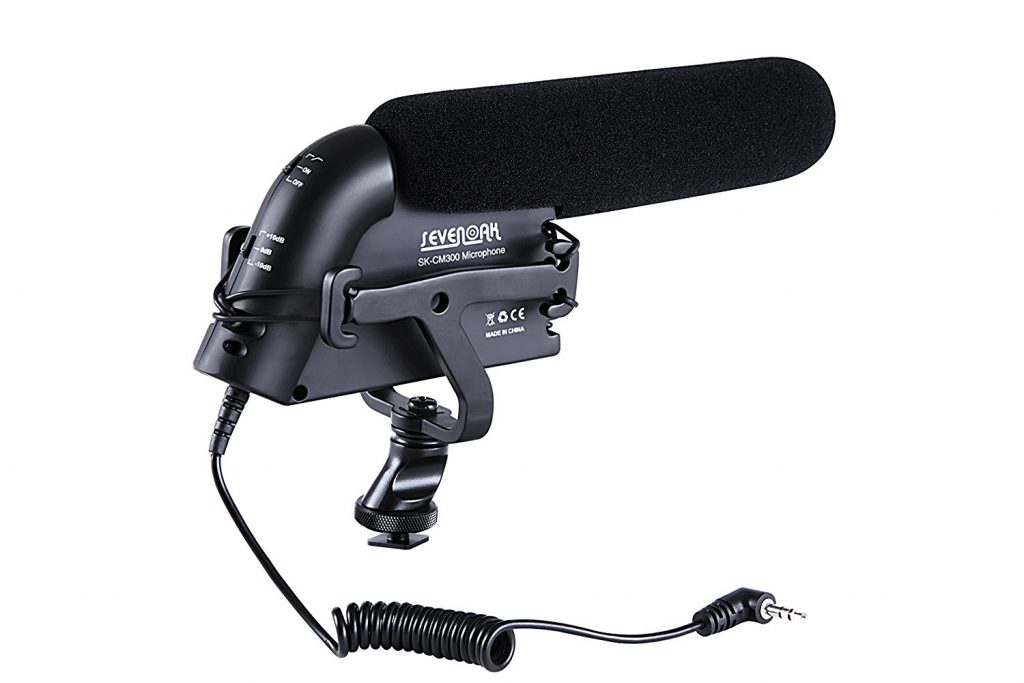
Lavalier: Called “lav mics” for shorts, these are cool for product video reviews, interviews, instructors, vlogging or broadcasting. It can be clipped onto clothing near the individual’s mouth. They are better for environments that are controlled with little to no ambient noise. Since they’re so close to the source, you don’t get as much room sound. They’re also discrete and rarely noticeable ( all talk shows use lav mics). There are wireless systems available, although the systems without wiring can add up in price.

Handheld: Few people prefer a real microphone in their hand depending on the use. Handheld mics are popular with journalists since they’re rugged and don’t need to be powered up. The frequency ranges aren’t necessarily as wide. But this can be an added point as most people doing interviews or other broadcasts work don’t necessarily need extra sensitivity but merely what’s in front of us doing interviews or other broadcast work don’t necessarily need extra- sensitivity but merely in front of us with no background noise. You’ll have to buy a few more accessories if this the route you’ll want, which expand upon further into this article.
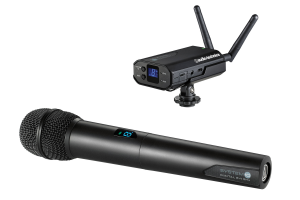
Headsets: Videographers mostly prefer headsets which are great for interviewing in loud conditions as it’ll isolate their voice and block out the rest. Otherwise, headsets aren’t recommended.
